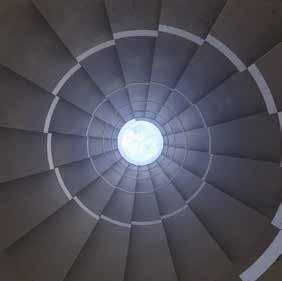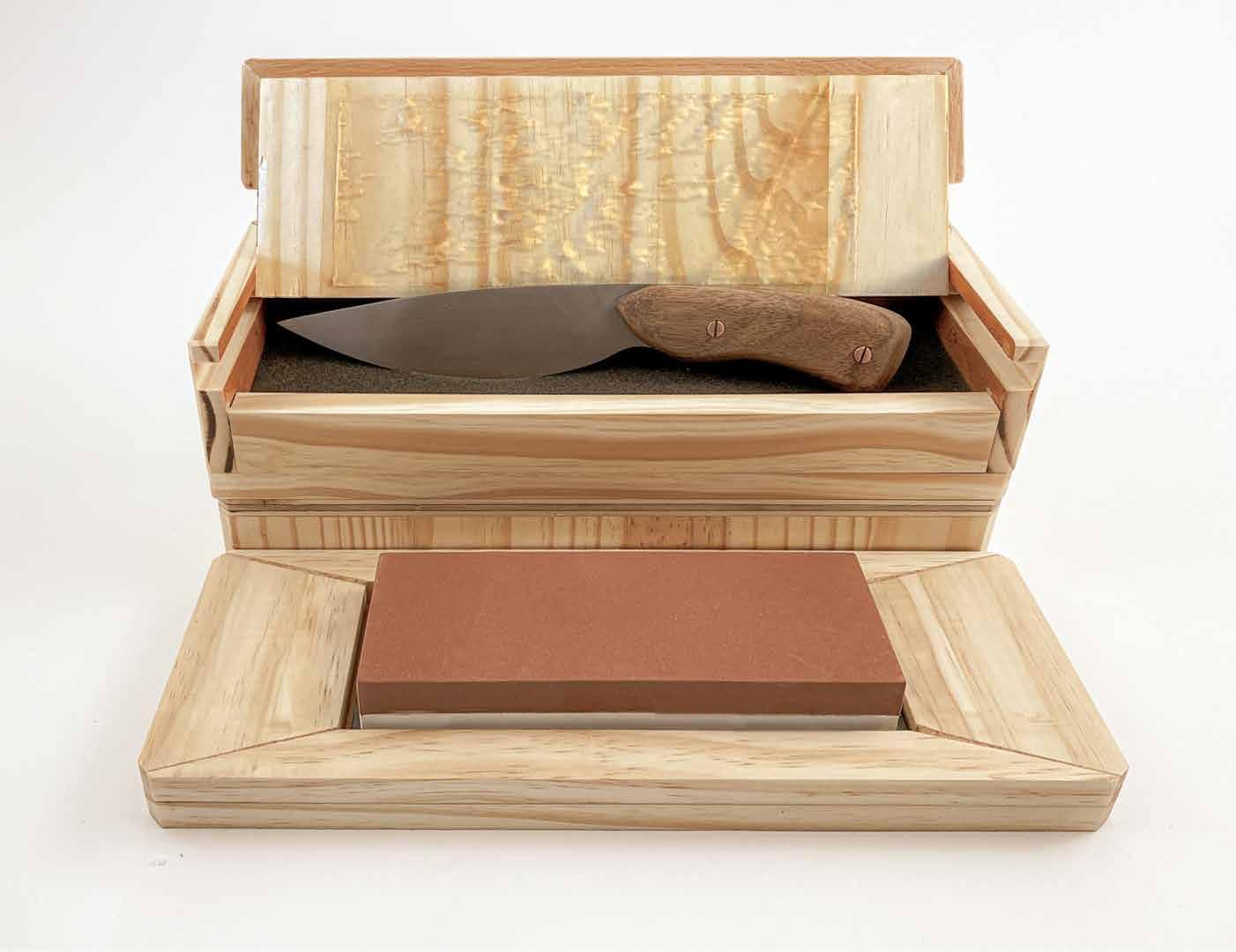
1 minute read
provenance & providence
University of British Columbia, Vancouver, BC 2022
What stands to be lost in 2200? This simple question leads to many answers. Global economies and Artificial Intelligence may optimize the solutions to the world’s problems, but may also erase much of its culture and vibrance.
Advertisement
Food, and identity expressed through food and the preparation of food, may then be considered an act of rebellion against this indiscriminate optimization. This fabrication project pushed us to preserve what may stand to be lost in the future by studying and crafting what many people take for granted now - a kitchen knife, embedded with place and culture.
a moment of connection revealed designed for cooking & woodworking
Although mainly ornamental, the lid also serves as an important cultural marker. The unorthodox opening sequence of this box as well as its vernacular construction are meant to combine and create a diorama between the knife and its birthplace - made in Quebec City using locally sourced pine.
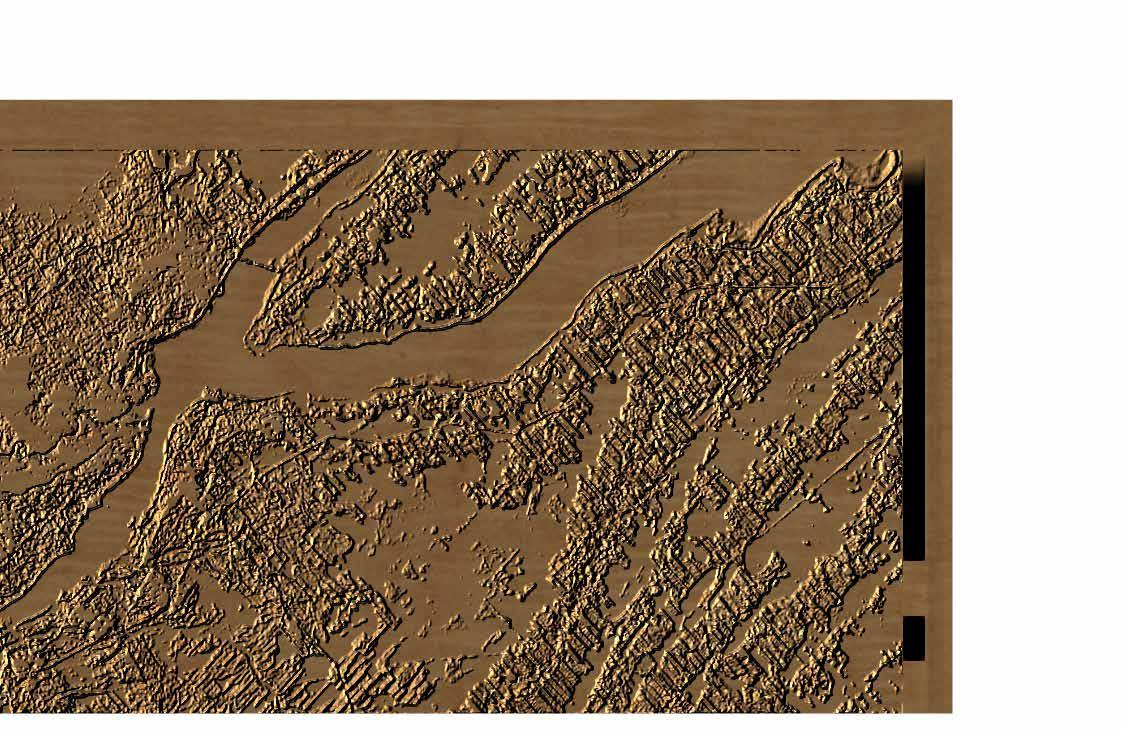

The knife’s profile was developed using various studies of existing knives. Paying homage to the woodworking culture of Quebec and its French cullinary heritage, the design of the knife was meant to be as long as a European chef’s knife, but with a curvature to its spine to permit a more ergonomic carving motion for woodworking - form following function.
Dusty Greenwell Park
University of British Columbia, Vancouver, BC 2022
The culmination of a Intermediate Digital Design class, this project is a repurposing of the Dusty Greenwell Park in Vancouver. The design of the lookout tower explored the synthesis of parametric design, Gothic verticality and Baroque drama - a true exercise in formal and historical study.
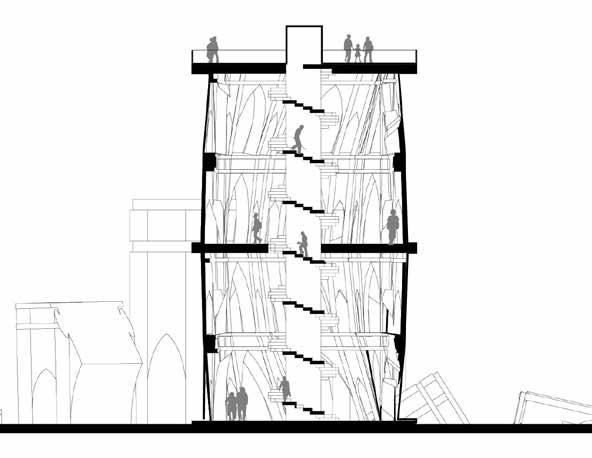
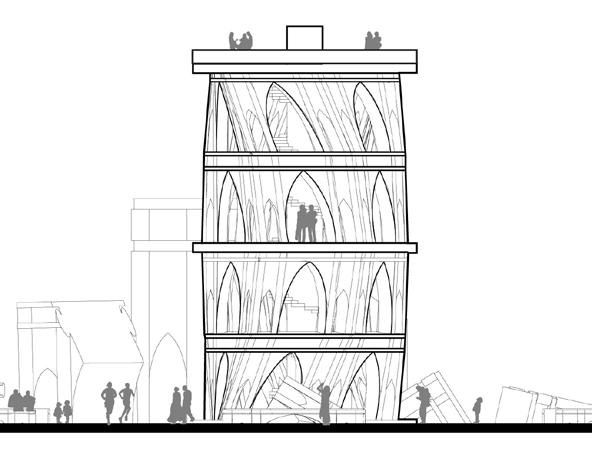
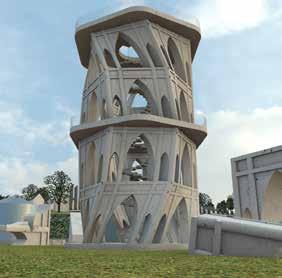
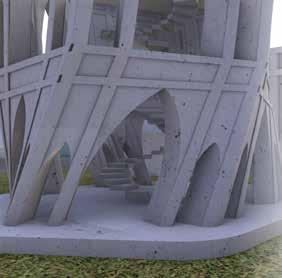
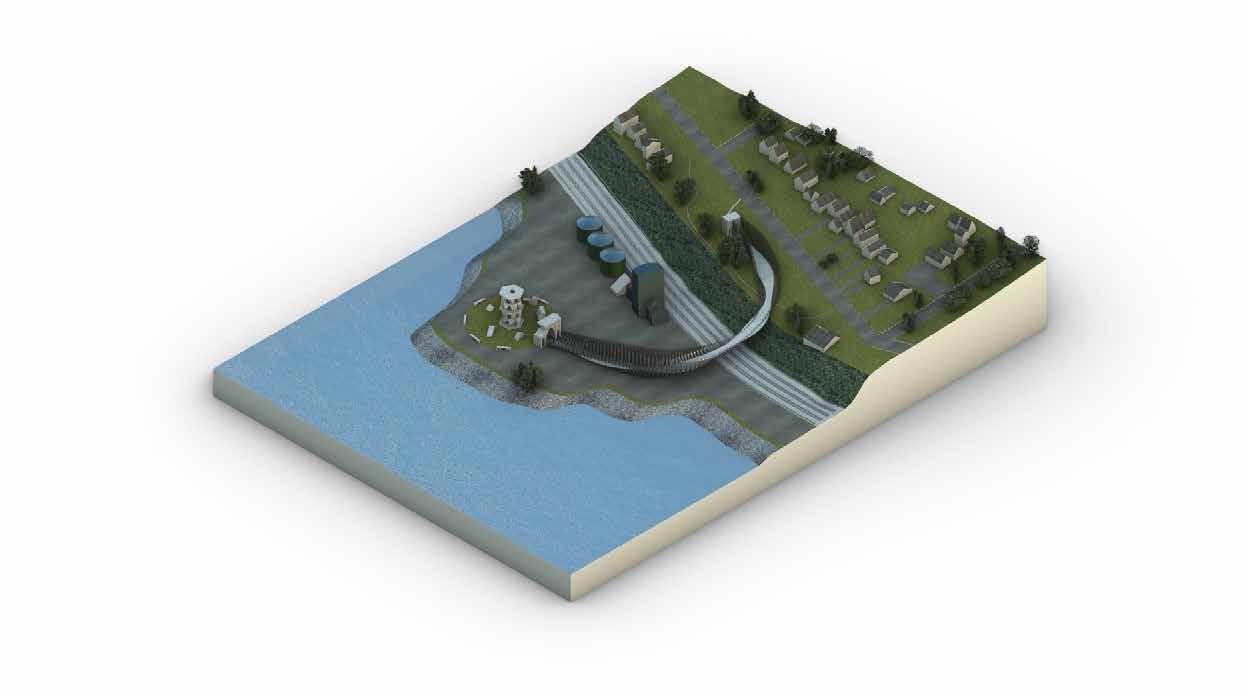
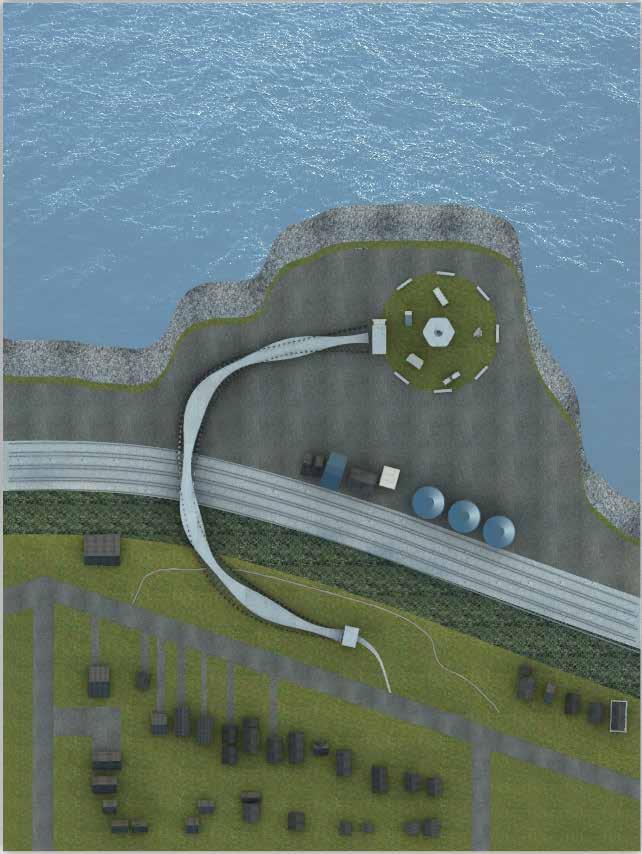
Case Studies (left to right):
S Ivo Alla Sapienza, Francesco Borromini
Tower One structural prototype, Neil Katz (SOM)
Palazzo Carignano, Guarino Guarini
Sai Baba Temple, rat[LAB] Studio
San Carlo alle Quatro Fontane, Francesco Borromini
